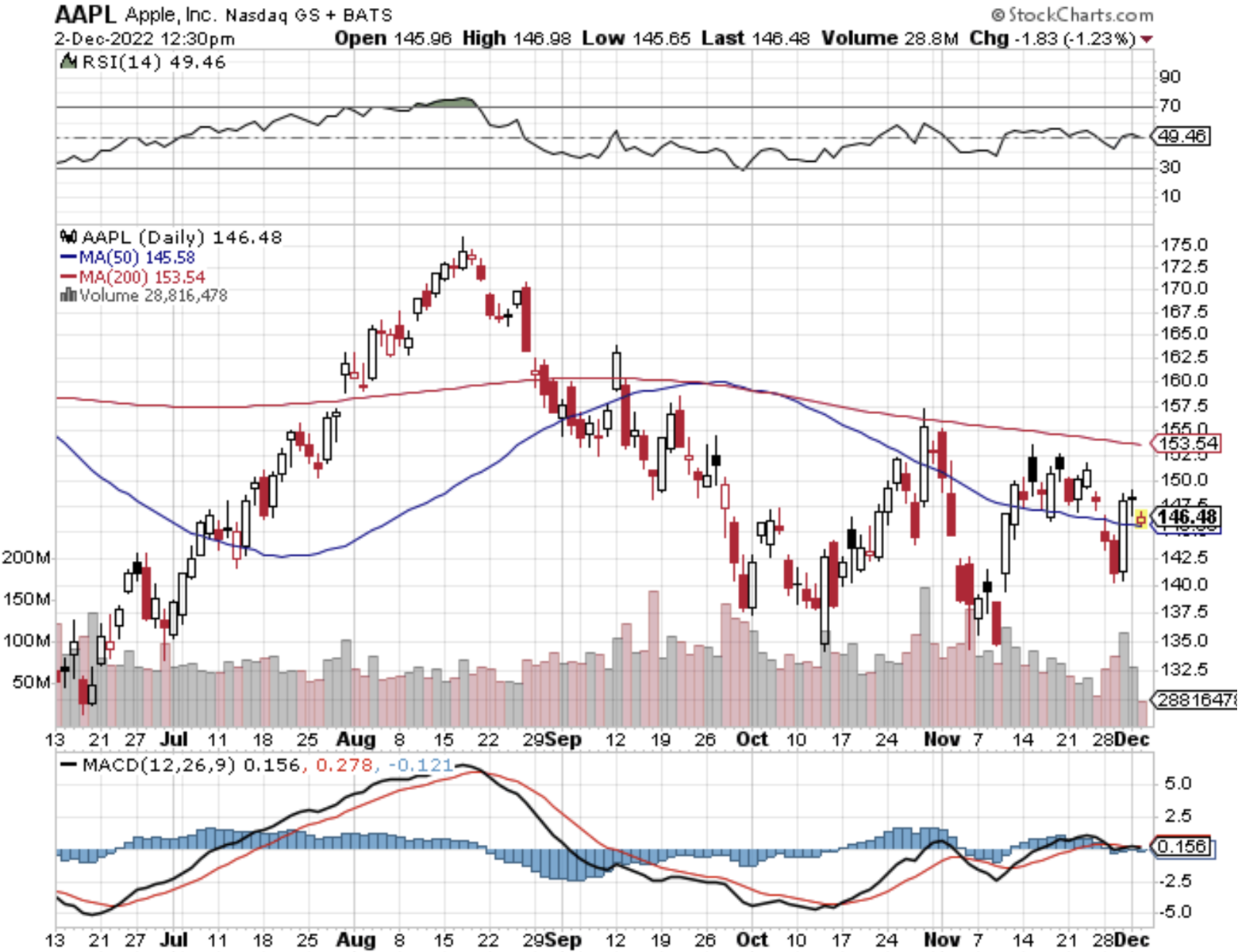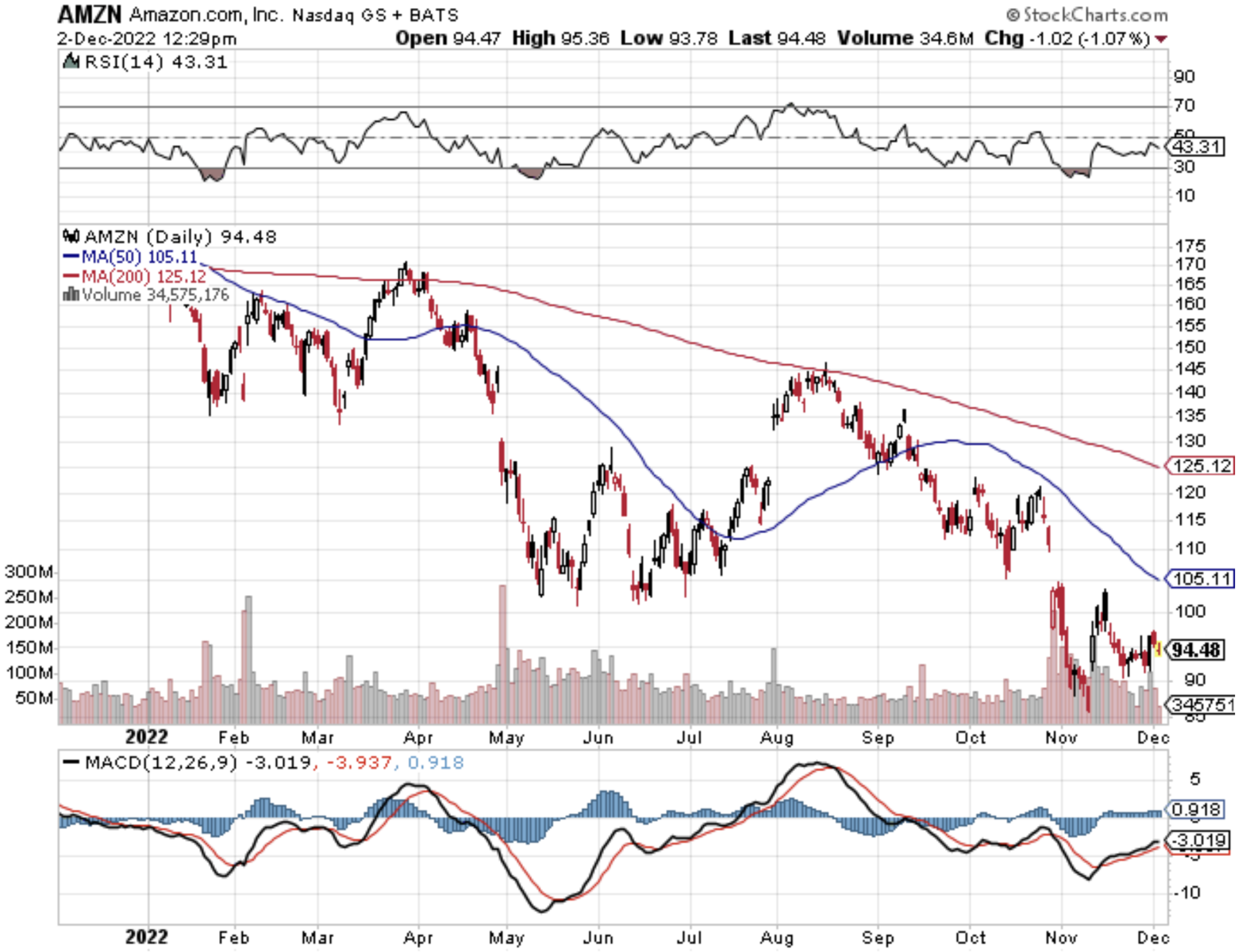Wage growth is too strong to even think about pivoting – that was the takeaway from the latest jobs report.
Granted, tech firms have been firing employees left and right, but that can be contextually misleading.
Essentially, tech firms overhired during the government lockdowns and in most cases are only now cutting back to a headcount that reflects the same number as around a year or 2 ago.
The sensationalist headlines are riveting, but going two steps forward and one step back isn’t really a big deal.
The overarching theme of wage growth in white collar jobs means that the leftover tech workers are handsomely paid and possess a lot of leverage.
Since 2020, many tech workers jumped ship or were poached for a 50% pay rise.
Those gaudy wages have tapered off somewhat in technology as the sector slows down, but in many cases, workers don’t care if their 2023 salary is “frozen” after a 50% increase the prior year.
In fact, many of the recent tech firings were either the weakest of a specific team or the "last in, first out" type of hire and fire.
Employers added 263,000 jobs in November and the unemployment rate held steady at 3.7%.
For the three months through November, average hourly earnings rose at a 5.8% annualized rate, the Labor Department said Friday.
Strong demand for labor and high inflation is triggering the formation of a wage-price spiral.
To be honest I am not surprised by the most recent data.
A 3.75% Fed Funds rate is still ultra-accommodative.
How do I know that?
Tech firms are still borrowing massive amounts of borrowed funds at cheap rates.
Amazon (AMZN) sold investment-grade bonds for general corporate purposes, its second offering this year.
The bond deal is $8 billion of senior unsecured bonds in as many as five parts.
The longest portion of the offering, a 10-year security, yields 1.15% over US Treasuries.
Big tech is still tapping the debt markets for its operations and it’s the smart thing to do with a Fed Funds rate at 3.75%.
Amazon isn’t the only one.
Essentially, any big tech corporate stalwart with a strong balance sheet would be an idiot not to take out debt at these levels.
The iPhone company Apple also tapped the debt markets just in August.
Apple sold $6.5 billion in four parts as the tech giant increasingly looks to return cash to shareholders.
The longest portion of the offering, a 40-year security yields 0.92% above US Treasuries.
Proceeds from the sale are earmarked for general corporate purposes, including share repurchases, dividend payments, funding for capital expenditures, and acquisitions.
Although I am not privy to discussions at an operations level at Apple and Amazon, I do believe some of these billions will be used to pay staff higher wages which in turn will fuel higher inflation.
It takes money to stay on top and instead of allowing the best talent at Apple and Amazon to walk for bigger raises, firms have been stumping up the cash.
I expect wage growth to continue to exhibit strong numbers in 2023.
Without crushing the jobs market, inflation will regress somewhat but then take off again in the back half of 2023.
It all means we are range bound as we juxtapose slower rate hikes with deteriorating earnings forecasts.





